If there is one group of birds that serious birders have the most difficult time with, it’s shorebirds. Or gulls. Or flycatchers. Maybe I’ll do a post on the latter two groups some time, but those would require much better photos and video than I currently have, so I’ll stick with what I’m good at. With that, here’s a short shorebird primer, just in time for migration!
For a landlocked province, Alberta’s got a whole lot of shorebirds, and since this blog covers all of Canada, I will likely miss out on some of the east coast birds, as I’ve never had the luck to bird further east than the Alberta border, but I have seen just about all of the local variety, and many out on the West Coast, in Vancouver and on Vancouver Island.
Shorebirds are members of the Order Charadriformes, and are grouped more by behaviour than by genetics below that level. The “waders”, for our readers across the pond, are specifically defined by their behaviour, and are composed of the Suborders Scolopacii (the snipes, sandpipers, phalaropes, and allies), Thinocorii (the painted snipe, jacanas, seedsnipe, and Plains Wanderer), Charadrii (ibisbill, avocets and stilts, oystercatchers, plovers and lapwings), and Chionidi (thick-knees, sheathbills, and Magellanic Plover). For the purposes of this post, I’ll restrict myself to those regularly found in Canada, the Scolopacii and Charadrii. They are most commonly found in shallow water, picking off arthropods or other invertebrates from the water, from the mud below the surface, or off of the sand and rocks of the beach. While some might expect that shorebirds, simply by their name, are uncommon away from the coasts, those of us inland have plenty of exposure to a wide variety of shorebirds.
When I first considered this topic, I thought for sure I’d be able to wrap it all up into a single post. Boy was I wrong. I didn’t consider all the necessary intricacies I’d have to research, identify, and point out within the sandpipers, and so they’ll be covered in next month’s installment. This month, I’ll start with the Charadrii; mainly since they’re generally a lot easier to distinguish from each other. In Canada, this group is made up of 11 endemic species, and 4 recorded vagrants.
In Canada, the two representatives of the Recurvirostridae family are the American Avocet and the Black-necked Stilt.
The American Avocet is one of the birds that, arguably, spurred my interest in birding. With their weird, recurved bill, bright red, white and black coloration (let’s not forget those bright blue legs), and unique behaviour, I find them fascinating to watch all season long.
The Black-necked Stilt is a relatively new addition to the shorebird assemblage here in Canada. In fact, the history of Black-necked Stilts in Canada coincides roughly with the era I was born, so really, they must have been coming up here just so that I could see them. The first reports were in the early 1980s, in Alberta and Ontario, and since then they’ve spread as far north as Edmonton and Lloydminster, and are regular visitors to parts of all of the provinces, with the exception of Quebec, Newfoundland, Prince Edward Island, and New Brunswick.
Family Haematopodidae, the oystercatchers, are represented in Canada by the endemic Black Oystercatcher, and by the incredibly uncommon vagrant Eurasian Oystercatcher.
The Black Oystercatcher is a bird that is found on the Pacific Coast of Canada, and is definitely a bird I would love to spend more time photographing. While they’re incredibly distinctive by their behaviour, their overall black coloring and that bright red bill make for absolutely beautiful contrast.
Family Charadriidae, the plovers and lapwings, are by far the most diverse and widely distributed in Canada within this group. There are 8 endemic species; the Black-bellied Plover, American Golden-Plover, Pacific Golden-Plover, Snowy Plover, Semipalmated Plover, Piping Plover, Mountain Plover and Killdeer; and 3 uncommon vagrants; the Northern Lapwing, European Golden-Plover, and the Lesser Sand-Plover.
I’ll be honest with this group, I have a whole lot more legwork ahead of me adding all but three of these to my life list, so I’ll cover these ones first.
The American Golden-Plover and Pacific-Golden Plover are often hard to tell apart, but the easiest thing to remember is that Pacific Golden-Plover are generally only found on the Pacific Coast, while the American Golden-Plover has been found all across the country.
Snowy Plover are incredibly uncommon in Canada, but have been found in Alberta, Saskatchewan, and Ontario. I’d love to find one of these birds, as they’re smaller even than the Semipalmated Plover, and incredibly charistmatic.
The Mountain Plover is another species that is also incredibly uncommon in Canada, with records only in the Cypress Hills area of Alberta. Again, I’d love to find one of these!
Another of the Plover species that is well represented across Canada is the Piping Plover. With records in all of the provinces except for British Columbia, it is a bird of special concern as its nesting habitats are incredibly sensitive to disruption. Wildlife Preservation Canada has a great site detailing some one of the recovery efforts of this species in New Brunswick, and Alberta Environment and Sustainable Resource Development has their own factsheet for this species.
As for the birds I have seen (and for that matter, photographed) the most recent addition to my life list was the Semipalmated Plover, which was found on an excursion east of Calgary with Brian Elder (one of the Fur and Feathers 500 team, who now has his own standalone blog, Fur and Feathers 5000). As far as life birds go, I think this was probably the most exciting and enjoyable ones. While it was picked out as a single plover among a few hundred peeps, it was great to have such a knowledgeable and experienced birder share what, to him, must have seemed like not much of a big deal at all, for me, it was the best bird of the day, and quite probably, the month.
The Black-bellied Plover is the second-most widespread and numerous of the Canadian plover species. It can be found in all of the provinces and territories, and can be somewhat hard to distinguish from the American Golden-Plover and Pacific Golden-Plover to the untrained eye. They are commonly found on the coasts throughout the year, and in the interior on both spring and fall migration.
And of course, who could forget the most common, and most recognizable of all the Canadian plovers, the Killdeer. Found throughout Canada in the summer, some of these hardy birds can even overwinter along riverbanks, at sewage ponds, and certainly along both the Pacific and Atlantic Coasts. It’s always a treat to find one, and they can be incredibly jumpy, or incredibly docile, depending on the conditions and the time of year. Here are just a few of my favourite photos of Killdeer of all time.
I hope you’ve enjoyed reading this post as much as I enjoyed reading, researching, and reminiscing on all these incredible shorebird experiences. To be continued next month for Part 2; Family Scolopacidae, the snipe, sandpipers, phalaropes and allies! These are the ones that are really, incredibly tough.
Good birding!



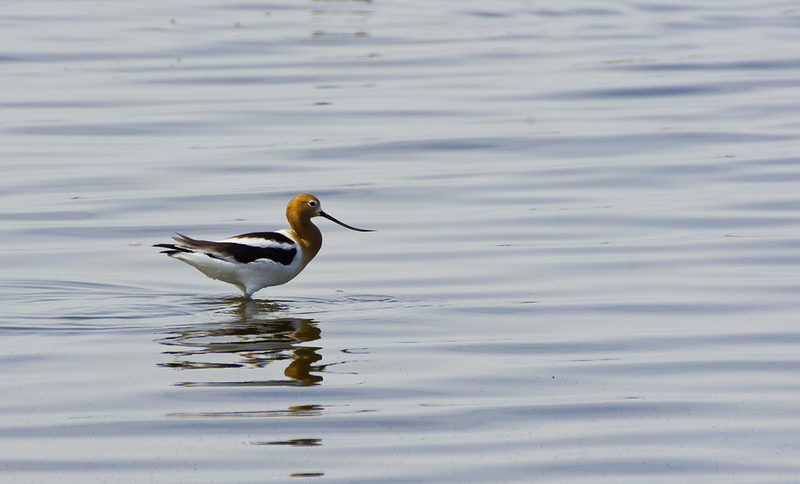
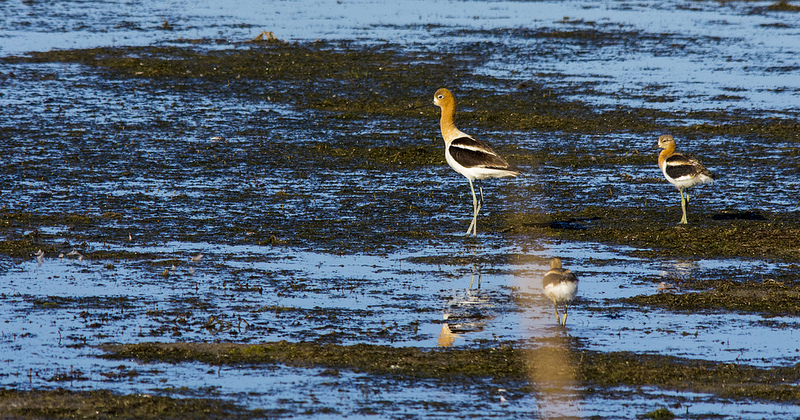
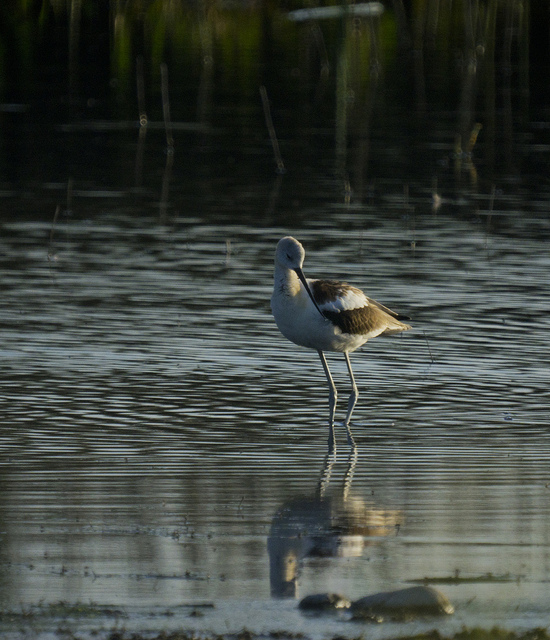
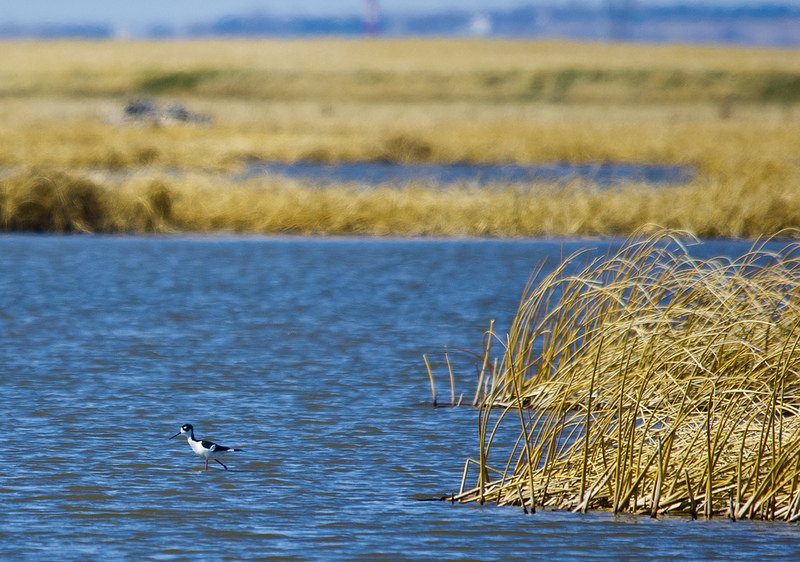
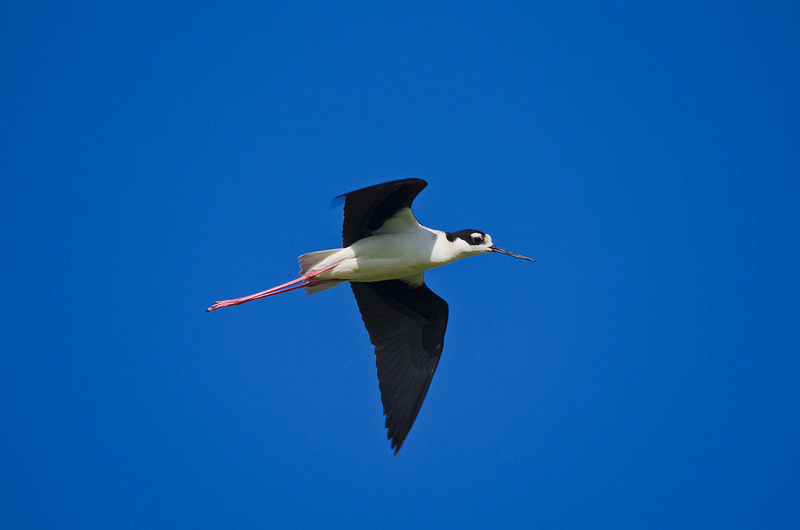
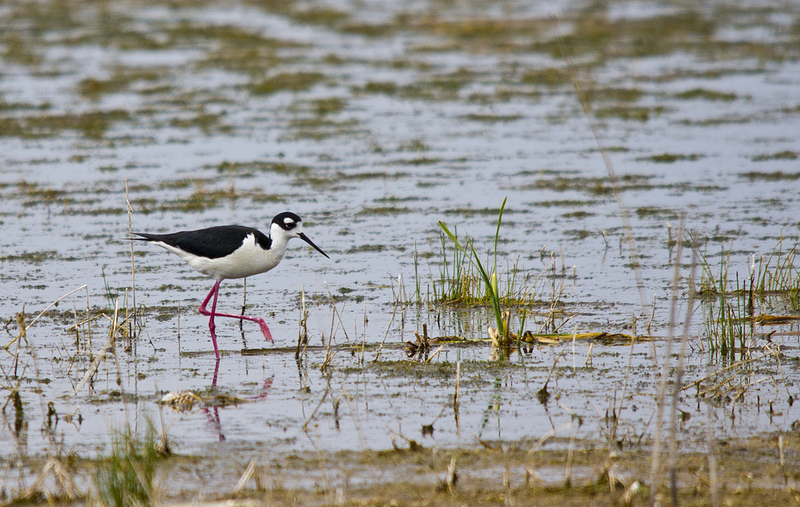
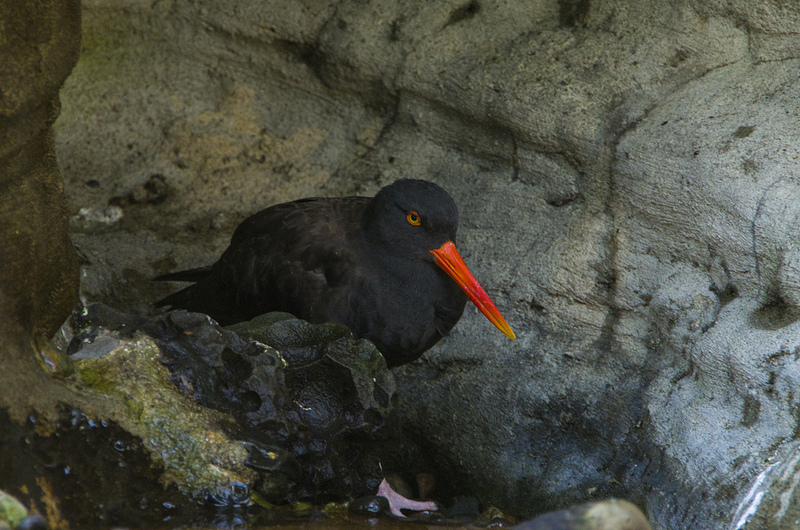
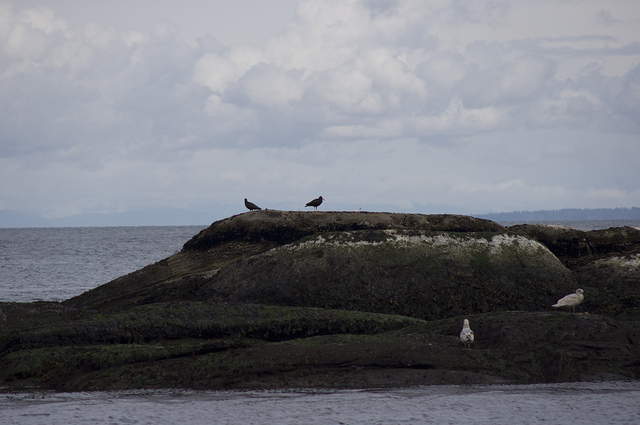
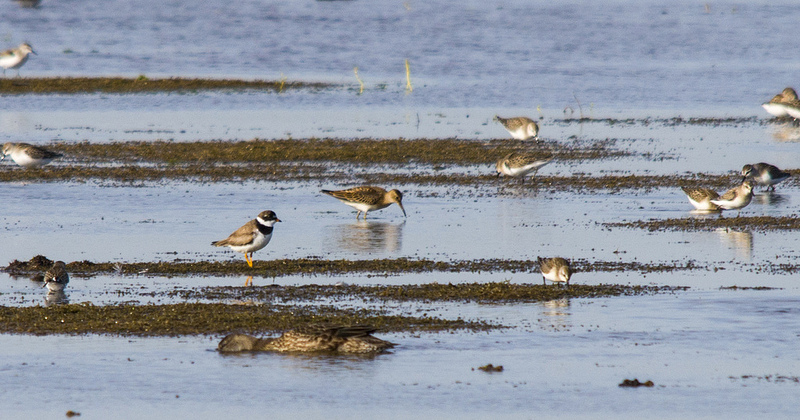
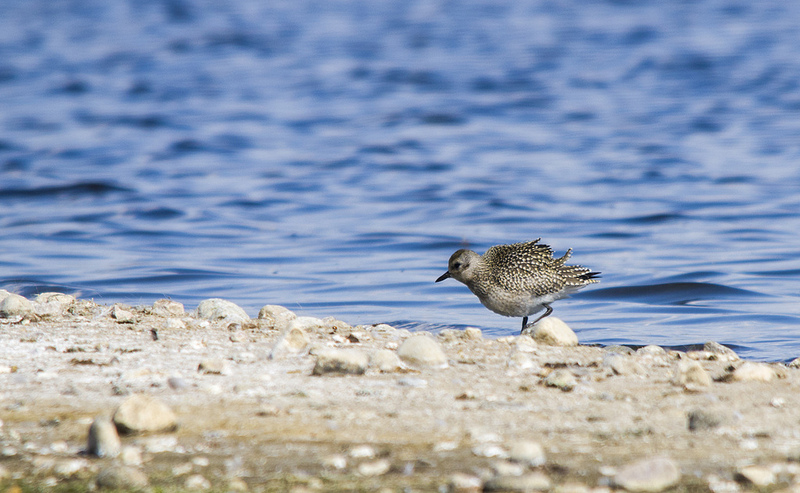
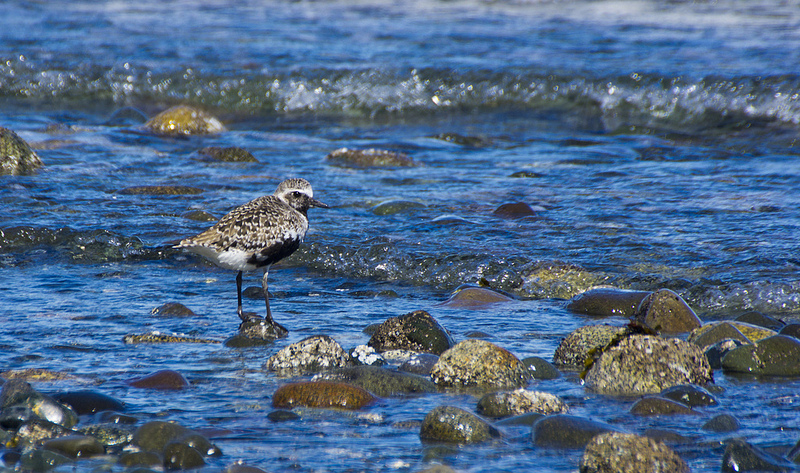
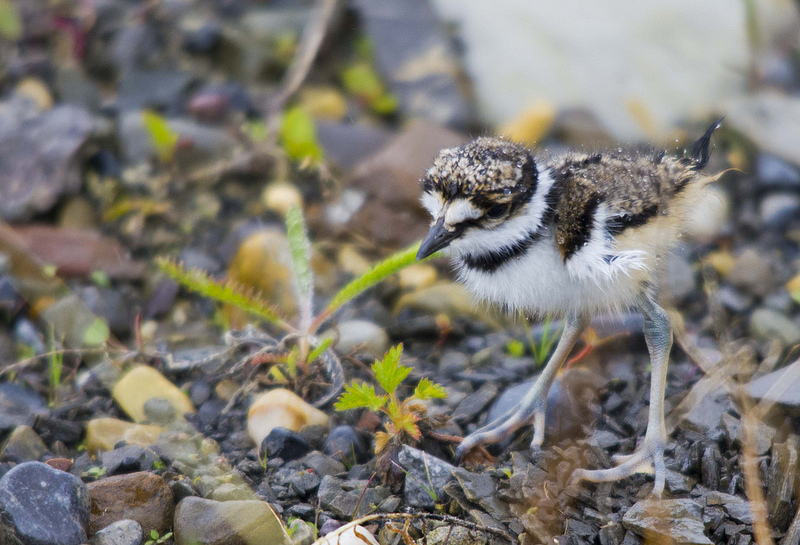
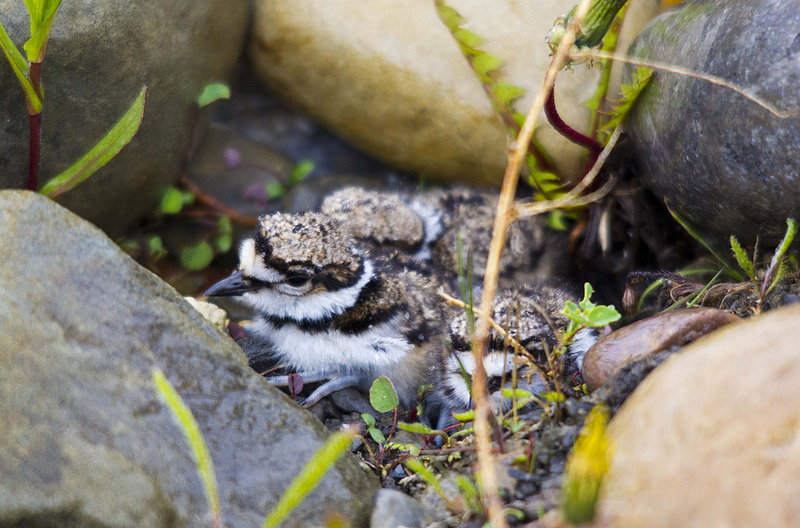
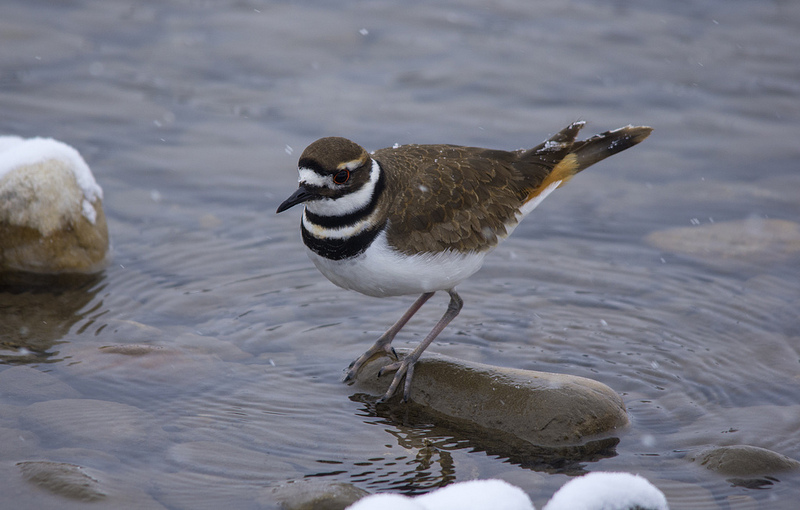
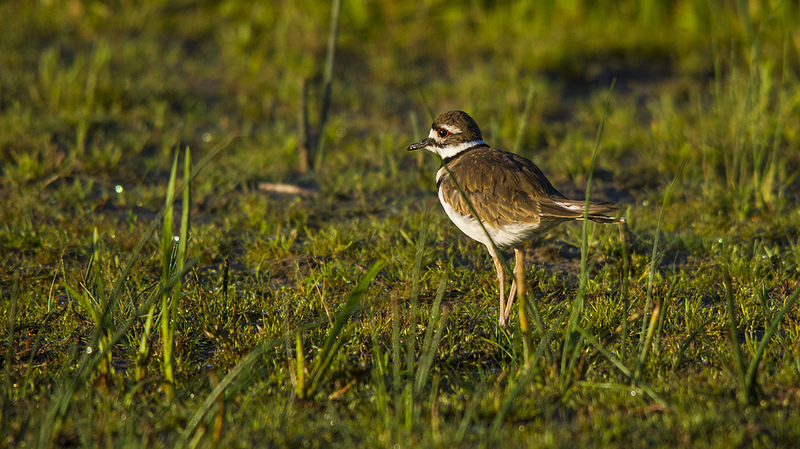
Pingback: Travel Tuesday: The Road Less Travelled at Frank Lake - Part 1 | Birds Calgary
Great review with solid photos!! Boom & gary of the Vermilon River, Canada.